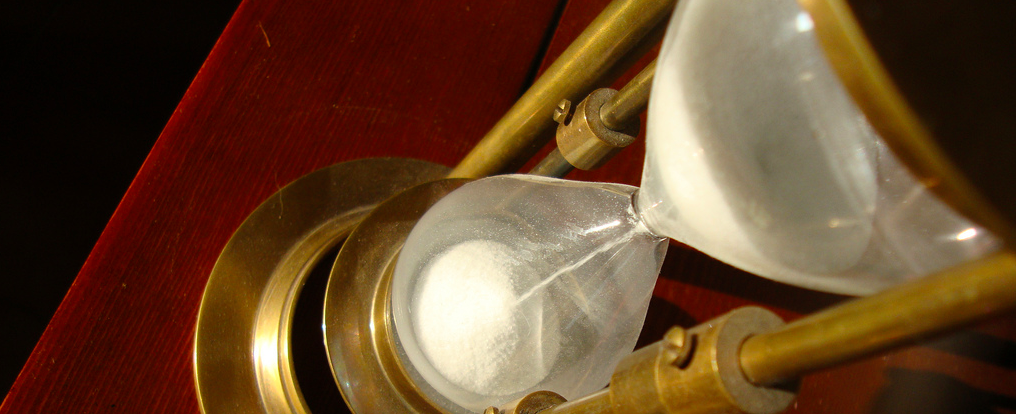BBC Earth
Image: Tamás Mészáros
Death is inevitable – but is it predictable? Some researchers think it might be.
They say that experiments with fruit flies have revealed a new and distinct phase of life that heralds the approach of death. It’s a stage of life they call the death spiral – and they think humans might experience it too.
Until about 25 years ago biologists assumed there were just two fundamental phases of life: childhood and adulthood. This is a division we can all recognise. Childhood is characterised by rapid growth and development, a stage before we are sexually mature. During the phase, the likelihood of dying is constantly low.
Adulthood begins when we reach sexual maturity. The chance of death is low when we begin our adult lives – this is when we are in our prime and most likely to have children. But as time marches on, our bodies begin to age and degrade. With every passing year the likelihood of our death increases – slowly at first, but then faster and faster as we get older and older.
In the early 1990s researchers realised there was more to life than this. They identified a third phase of life that the very oldest members of our society pass through: “late life”.
What distinguished late life from the rest of adulthood is its unique pattern of mortality. The year-on-year rise in death rates that are a feature of adulthood don’t apply in late life. Whereas a 60-year-old has a much higher chance of imminent death than a 50-year-old, a 90-year-old has roughly the same chance of dying as a 100-year-old.
“The mortality rates level off and you see these plateaus,” says Laurence Mueller at the University of California in Irvine. Read more on the BBC Earth website…








